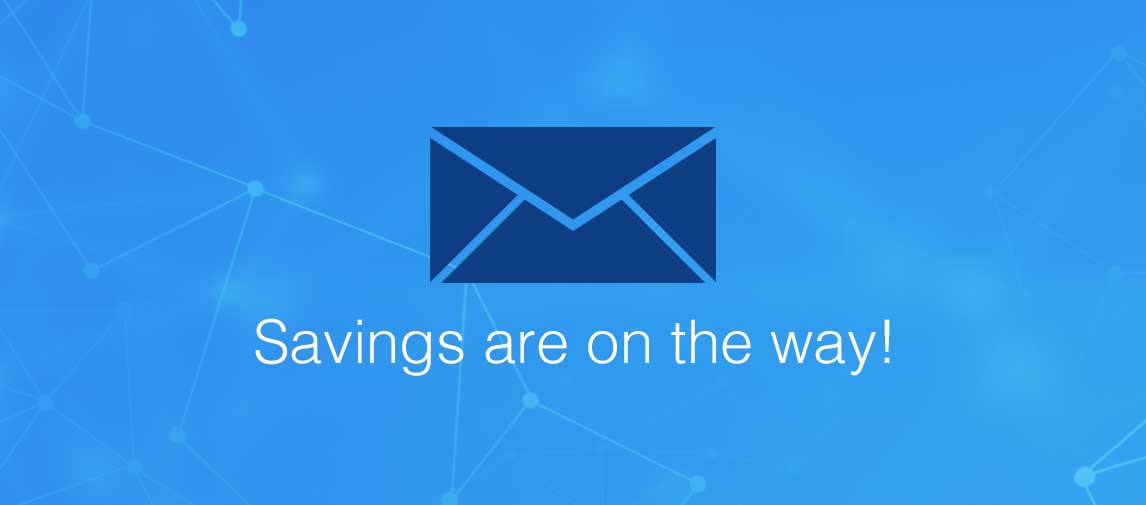title
Please take a moment to fill out this form. We will get back to you as soon as possible.
All fields marked with an asterisk (*) are mandatory.
Programming Fundamentals Using Java
Course Description
Overview
This 4 day course introduces you to the fundamental concepts, semantic elements and vocabulary of computer programming.This course provides a comprehensive introduction to computer programming beginning with establishing clear definitions of programming concepts. The course then moves into writing simple programs where students will learn about constants, data types, variables, and expressions. Students will also learn how to utilize loops and subroutines, work with files, and debug programs.
This course is one step in the following Learning Journey:
Objectives
- Explain what computer programs are and what computer programming is about
- Write and compile simple computer programs
- Describe basic computer language data types
- Interact with computer programs using your terminal screen and keyboard
- Evaluate expressions used in computer programs
- Design the sequential execution, and flow of decision making, in a program
- Write programs that use loops to perform repetitive tasks
- Design and write procedural programs that use methods
- Use basic debugging techniques to solve programming problems and increase program quality
- Use arrays and classes for managing program data
- Write programs that use files to store and retrieve data
Audience
Prerequisites
-
No programming experience is required.
Topics
- Course Objectives
- Course Overview
- Using the Workbook
- Suggested References
- What is a Program?
- “Hello, world!”
- The Programming Process
- Program Files and Program Execution
- System Programs vs. Application Programs
- Input - Process - Output
- Programming Languages
- Compiler Errors vs. Runtime Errors
- Development Environments
- Review Questions
- Labs
- Reading Input
- Performing Numeric Calculations
- Formatting Output
- Decision Making
- Iteration
- Commenting Your Source Code
- Good Programming Style
- Labs
- A Program’s Purpose is to Process Data
- Computer Memory
- Data Can Be of Different Types
- Named Data: Variables
- Literal Data
- Assignment
- Printing Variables
- Review Questions
- Labs
- Writing to the Screen
- Characters That Have Special Meaning
- Some Simple Formatting
- Reading from the Keyboard
- Prompting and Validating
- Example 5 - Formatting Output Data
- Review Questions
- Labs
- Expressions: Where the Work Gets Done
- Expression Evaluation: The Result
- Arithmetic Expressions
- Relational Expressions
- Where are Relational Expressions Used?
- And? . . . Or?
- Precedence and Associativity
- Example 6 - Calculating Miles Per Gallon
- Review Questions
- Labs
- Sequential Execution
- What is Decision Making?
- Simple Decisions: if
- Two-Way Decisions: else
- Code Blocks
- Nesting Control Statements
- Multi-Way Decisions: switch
- Example 7 - Printing Letter Grades Based On Scores
- Review Questions
- Labs
- Kinds of Loops
- Iterative Loops
- Code Blocks and Loops
- Nested Loops
- Conditional Loops
- Infinite Loops
- Example 8 - A Simple Menu Program
- Review Questions
- Labs
- Labs (contd.)
- Programming without Methods
- Reusable Code in a Method
- The Starting Point
- Variable Visibility: Scope
- Parameters
- Returning a Value
- Method Stubs
- Libraries
- Example 9 - Square and Square Root
- Review Questions
- Labs
- What is Debugging?
- Commenting Out Code
- Simple Debugging with Print Statements
- Making Debugging Print Statements Conditional
- Programs that Help You Debug Programs
- Example 10 - Debug Statements
- Review Questions
- Labs
- Scalar Data vs. Data Collections
- What is an Array?
- Accessing Array Elements
- Multidimensional Arrays
- Array Initialization
- Example 11 - Calculating Average Rainfall
- Review Questions
- Labs
- What is a Class?
- Object vs. Class
- Accessing Object Members
- Using Arrays with Classes
- Example 12 - Customer
- Review Questions
- Labs
- Terminal I/O and File I/O
- Opening Files
- Opening a File for Writing
- Opening a File for Reading
- Checking for File Open Errors
- Closing a File
- Text Files vs. Binary Files
- Example 13 - A Customer Record in a File
- Review Questions
- Labs
Related Courses
-
Java for Advanced Programmers
EJCJ-361- Duration: 3 Days
- Delivery Format: Classroom Training, Online Training
- Price: 1,755.00 USD
-
Java 8 New Features
EJCJ-590- Duration: 2 Days
- Delivery Format: Classroom Training, Online Training
- Price: 1,170.00 USD
Self-Paced Training Info
Learn at your own pace with anytime, anywhere training
- Same in-demand topics as instructor-led public and private classes.
- Standalone learning or supplemental reinforcement.
- e-Learning content varies by course and technology.
- View the Self-Paced version of this outline and what is included in the SPVC course.
- Learn more about e-Learning
Course Added To Shopping Cart
bla
bla
bla
bla
bla
bla
Self-Paced Training Terms & Conditions
Exam Terms & Conditions
Sorry, there are no classes that meet your criteria.
Please contact us to schedule a class.

STOP! Before You Leave
Save 0% on this course!
Take advantage of our online-only offer & save 0% on any course !
Promo Code skip0 will be applied to your registration
Purchase Information
title
Please take a moment to fill out this form. We will get back to you as soon as possible.
All fields marked with an asterisk (*) are mandatory.










